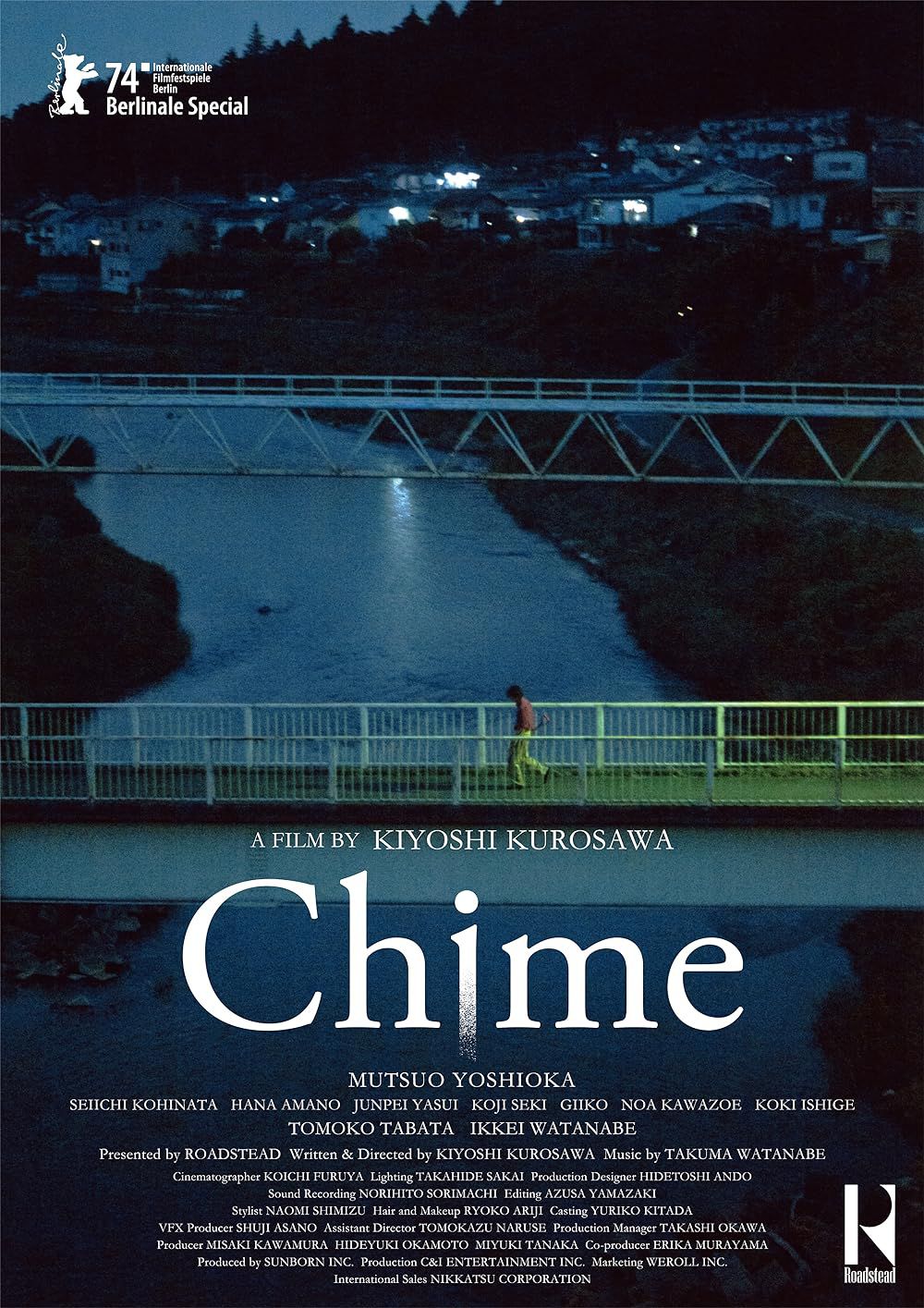The best horror movie of the year so far is a Japanese NFT
The release date of a new Kiyoshi Kurosawa film should be an internationally recognized holiday for movie fans, especially horror die-hards. Callthe latest from the Japanese director of Healing And Pulse, justifies such a celebration. It’s terrifying, beautifully made, and one of the highlights of 2024 so far, regardless of genre. The only problem is that most people don’t know the movie exists, or don’t know they can watch it, because it’s only available through a somewhat convoluted, NFT-inflected process.
Call is currently available for rent through Japanese digital video trading platform Roadstead.io. Digital video trading, or DVT, as the Roadstead site calls it, is something of an evolution of NFTs. A certain number of copies of a movie are made available for purchase, and then buyers can do whatever they want with it, including renting it to other users at any price.
Call appears to be Roadstead’s only film so far, and thankfully it’s easy enough to rent, although you’ll have to jump through a few hoops, starting with creating an account on Roadstead’s site. From there you go to Call‘s rental page – which I actually can’t figure out how to access without a direct link or a Google search.
Once you click on the ‘Rent’ button, you can select which user copy of the movie you want to rent. Prices vary from copy to copy and are also available for a variable number of days. For example, one unit costs $4.50 for a one-day rental, while another owner offers a $10 rental for a week. Once you select a price and length, you can rent the movie as long as you have a card that can be used internationally, as the site currently only accepts payments in yen. But after all that, the movie will be in the ‘Activities’ tab and you can watch it for as long as you rented it.
The good news is that Call is more than worth jumping through all these hoops.
Image: Reason
The film follows a former chef named Matsuoka who teaches cooking classes while waiting to find another job. One day, a student begins to complain about a strange noise that he can’t seem to make out, which seems to change him from within, causing him to lose control of his behavior and even become violent. What makes the sound especially terrifying, however, is that it seems to spread from person to person without any warning or signs, leaving every moment of the film unpredictable and tense. Kurosawa hasn’t made a horror film since 2016, but he’s sharper than ever.
Kurosawa has always been a master at creating a tense, eerie atmosphere, and he seems to cherish the idea of building this mood within himself. Call‘s short lead time as a personal challenge. He pulls every trick out of his very deep bag and manages to create a creepier, more intense film in just a few scenes than most films this year have managed as a whole.
From the very first moment, set in Matsuoka’s cooking class, everything turns Call feels perfectly calibrated to unsettle viewers. Kurosawa’s camera flashes past students innocently cooking, but lingers on knives and burners. He sits quietly while people chop onions, as if waiting for them to have an accident. When people walk through the room, it feels like a threat. They move quickly and purposefully, sometimes even holding a knife in front of them, but only to cut more vegetables back at their work station. It’s painful and brilliant.
Within minutes, before the plot is introduced, there is an inescapable pull, a sense that something is going to go terribly wrong. All that remains is to wait and see what happens. Kurosawa makes this entire sequence feel like a magic trick, the setting of a movie, handled in a matter of minutes by nothing but framing and blocking. But Kurosawa’s most impressive element is Call is the film’s brilliant sound design, which makes every sound feel cacophonous and inescapable.

Image: Reason
The audience never officially hears ‘the sound’, which the student first describes as a kind of ‘gong’. But there’s a recurring motif in the film’s sparse score that seems to take its place. But around that, every part of the film’s sound design is staged. The sounds are clear and crisp, played with a loud edge that seems designed to worm its way into the viewers’ minds and infuriate them. In the sparse kitchen classroom where much of the film’s action takes place, the sounds of knives hitting cutting boards feel like an echo that can’t be escaped, and the spatulas on frying pans sound like nails on a chalkboard.
Each sound presses around the audience and the characters until the chimes cut through and turn the scene upside down, providing both relief from the intrusive veil of other sounds and discomfort in the sudden silence – and often violence – that follows.
With all of these elements working together in terrible harmony, Kurosawa has created by far one of the best horror films of the year so far, and he sets a more complete and terrifying tone in less than half the running time of most of those films. Like all of Kurosawa’s films, Call isn’t necessarily the kind of scary that makes you jump into the moment. It’s the kind of fear that can wake you up a few days later feeling uneasy, while a scene from the movie lingers uneasily in your mind. In fact, the noise is in the middle of it Call feels like an almost perfect metaphor for the way the director handles his horror films. They start out quiet and strange, and they keep echoing in your head until you can’t think about anything anymore.
